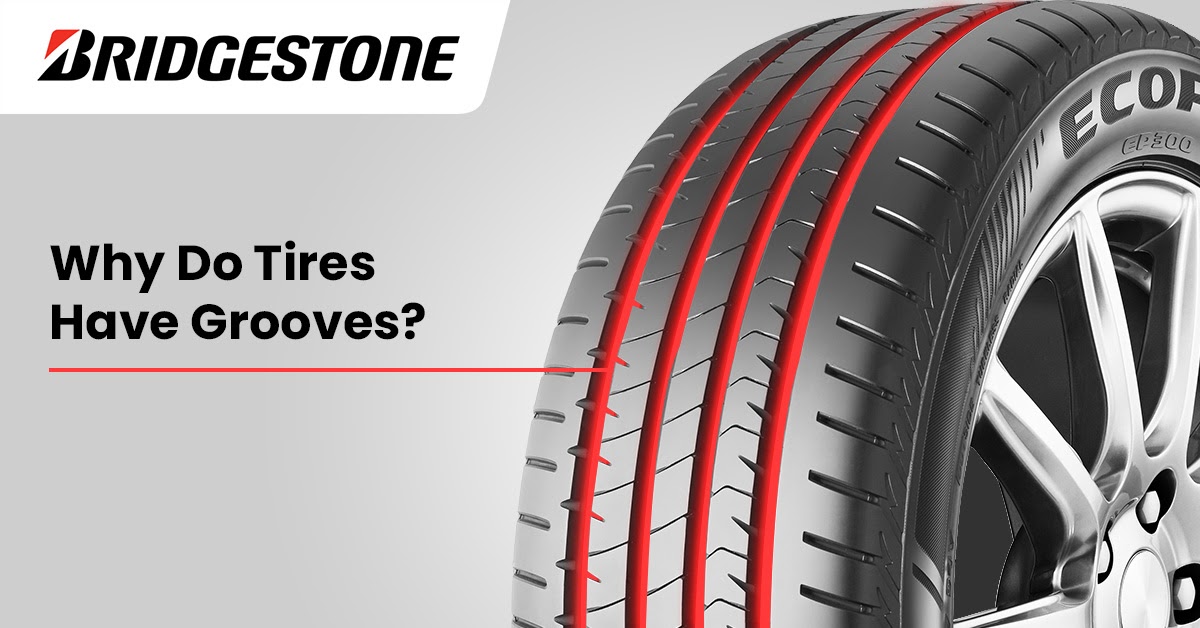
The key to a good tire is traction.
All tires have specifically designed grooves called tread patterns. And these different tread patterns plays an important factor in the tire performance as it prevents slippage and channels water in wet conditions, therefore helping you drive safely and comfortably on the road.
But to help you have a better understanding of the function of tire grooves, she shall talk about tire tread.
Let’s have a glimpse at what part it plays in tire construction.
The Tread
The tread slab is placed on top of the belt system during the manufacturing process. Tread usually contains two rubber compounds: tread base and tread cap. Tread base compounds adhere to the belt system when the tire is cured, improving durability and stabilizing the layers of polyester cords, called plies, which make up the under the tread. Tread cap is typically made with an abrasion-resistant, higher-grip rubber compound, which works with the tread base and tread design to provide traction and mileage. The tire’s tread pattern is molded into the tread cap rubber during the curing process.
Tire tread is the part of the tire that makes contact with the road surface. It impacts how your tires perform as it dictates the traction it provides in different driving conditions.
We expect our tires to work in different weather conditions—dry or wet, which is why tire tread is required to provide a channel for the water–allowing water to escape for your tires to stay in contact with the road, maintaining traction, and avoiding slippage.
The technique of cutting grooves to increase tire traction is called Safety Grooving.
So what if your tire loses contact with the road surface because of the water from the rain? You’re at the risk of hydroplaning.
What is hydroplaning?
This occurs when a wedge of water lifts a tire from the road surface, causing a loss of traction. If this happens to all four tires, a vehicle will technically be skimming on the water and a driver’s ability to brake or steer will be inhibited.
This is one of the main reasons why tire designs help minimize hydroplaning.